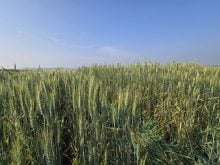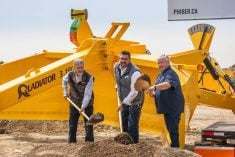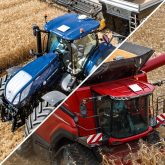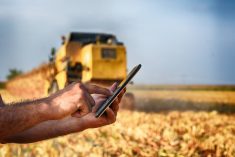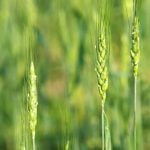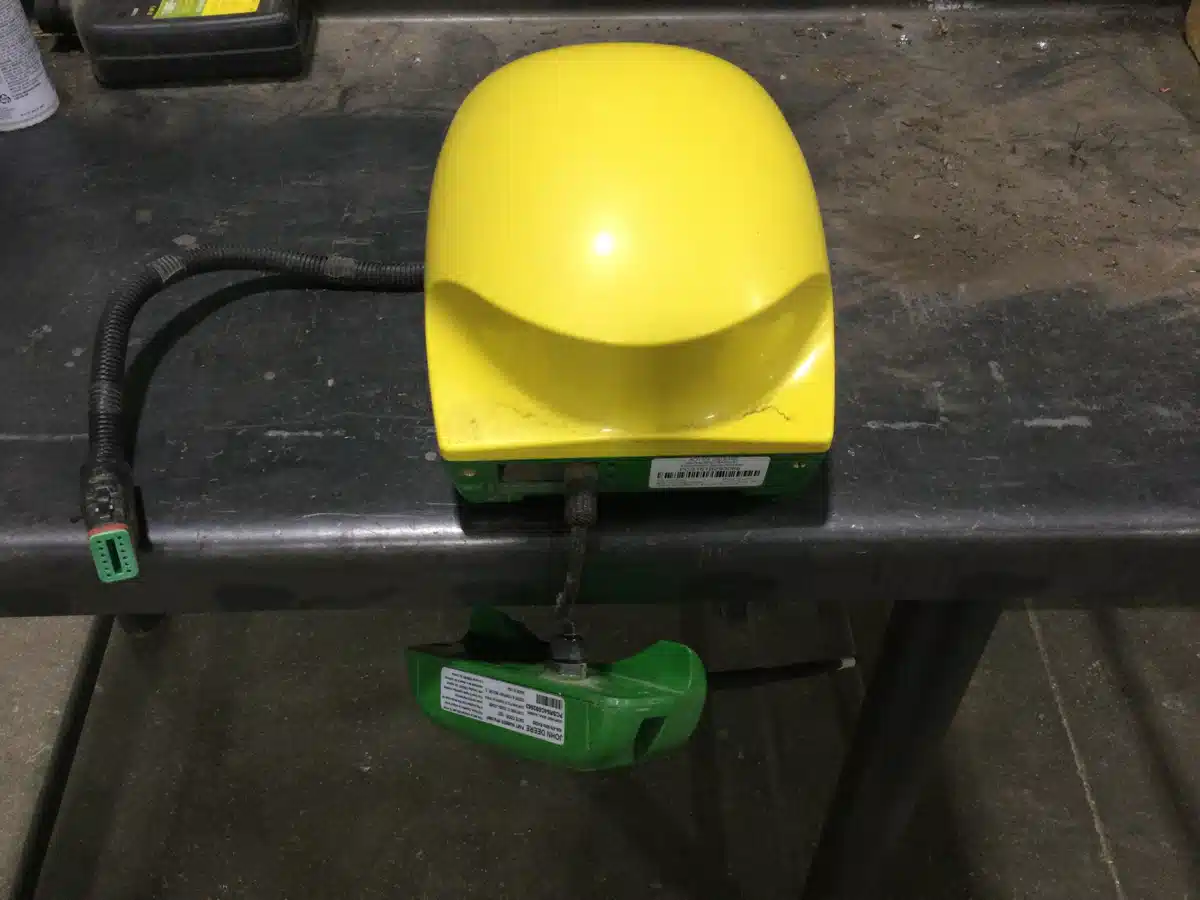You’d be hard-pressed to find a farmer who has bought into digital agriculture more than Rick Rutherford has.
The seed grower and owner of Rutherford Farms has spent over a decade collecting data on his operation northwest of Winnipeg near Grosse Isle. He’s partnered with digital ag accelerator EMILI (Enterprise Machine Intelligence and Learning Initiative) to tease out what data uses are possible or realistic in the field.
His farm is the host of EMILI’s Innovation Farms initiative, a testing ground for equipment, technology and novel practices that may lay a foundation for wider adoption of digital agriculture. The goal is, “empowering people to succeed and advancing technology on a 5,500 acre fully-sensored seed farm,” the initiative’s website states.
Read Also
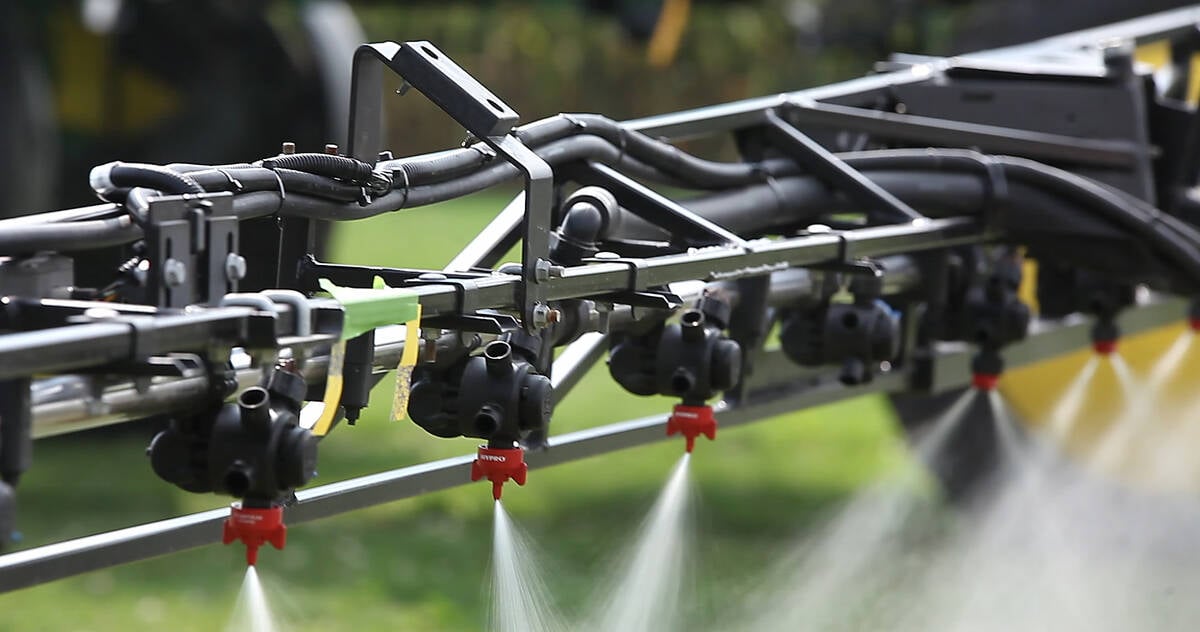
Iridium offers GPS spoofing defence
A tiny new chip will allow Iridium’s positioning, navigation and timing (PNT) signals to be received on smaller devices, create a security backstop against global positioning systems (GPS) spoofing.
Why it matters: Farmers know data will be useful, but that isn’t enough to achieve consistent adoption of digital ag technology.
Rutherford admits that his partnership with EMILI comes with a healthy dollop of self-interest. He sees digital agriculture as a key path for the sector in coming years.
“It comes back to finding sustainability, running a farm that’s long-term profitable,” he said during a field day at the farm this past summer.
“That’s what sustainability is. The government can say it’s ‘this’ or it’s ‘that,’ but in reality, that’s my definition of it.”
For Rutherford Farms, that’s translated into a focus on optimizing inputs like fertilizer and seed, though the producer says the data is always giving him new insights into how he can enhance productivity or find new efficiencies across the farm.
Slow going
For every farmer who, like Rutherford, is all-in on the latest technology, there are many more on the sidelines watching the system evolve.
Five years ago, precision agriculture proponents adamantly forecasted that, by now, the sector wouldn’t be talking about precision or digital ag; it would just be the way things are done.
That early excitement and certainty has since been dealt a deflating dose of reality.
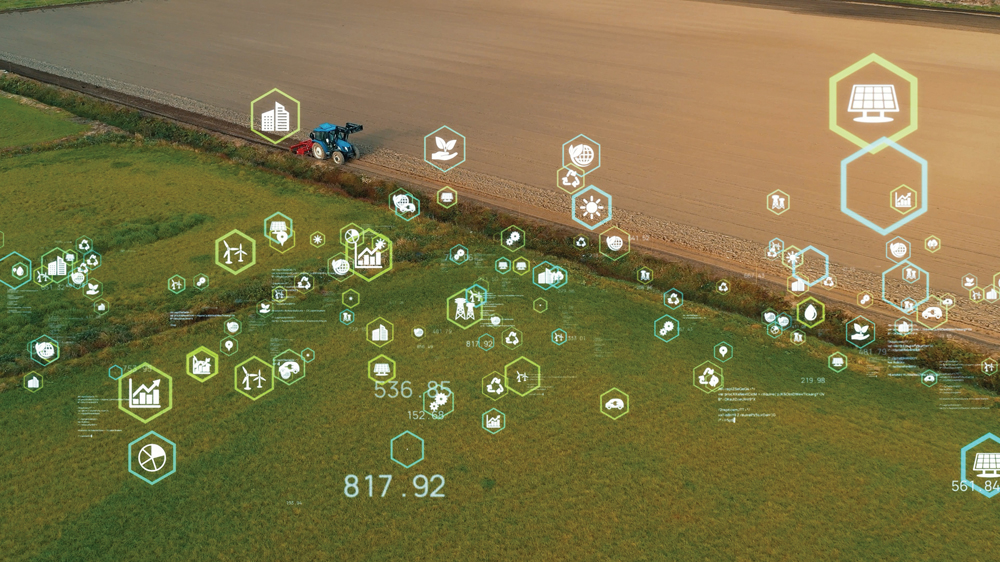
Some aspects, such as autosteer, have been widely adopted. Working exactly as advertised and relatively affordable, farmers jumped on autosteer in droves and began adding it as an after-market option on older machines.
Other technologies have had a bumpier road. Prescription mapping and variable rate technology for input application, while widely acknowledged, still lag in adoption.
In fall 2021, a Fertilizer Canada survey of canola growers in Western Canada found that less than 15 per cent of producers were using variable rate fertilizer. Just 10.2 per cent were using it on all their canola fields. Furthermore, that latter figure was a decline from 2020, when 11.8 per cent were using it across all canola acres.
The stall was even clearer in wheat. Just 12.2 per cent of growers are using the technology on all their wheat fields, a figure unchanged since 2016.
The adoption curve isn’t unique. Similar trends can be pulled from the story of zero-till, which farmers experimented with for more than 20 years before it became a mainstream practice.
In that case, several things had to line up, such as glyphosate coming off patent, thus making spring weed control cheaper and improving the economics of the production system.
Similar key barriers exist for ‘digital agriculture’ to become just ‘agriculture.’
Roadblocks
A 2017 Agriculture and Agri-Food Canada survey probed farmers on what prevented them from adopting this kind of technology. Respondents were given 16 possible barriers, and asked to rank them.
Out of 261 answers, five key issues arose:
- price;
- connectivity;
- lack of knowledgeable people;
- continuously evolving technology; and
- older farm equipment.
There’s been progress on some of those fronts in the last six years. More new equipment is embedded with precision agriculture technology. Other issues, like price, are expected to resolve as the technology is more widely adopted, economies of scale kick in and more tech-enabled equipment trickles into the used market.
But connectivity and rapidly evolving technology remain barriers, industry insiders say.
Simplicity
Some of the largest agriculture firms in the world have staked out major positions in the digital agriculture world.
Kael Briggs is digital farming commercial manager for BASF, based in Calgary. The company markets its globally used Xarvio digital platform.
Producers want simple solutions, Briggs said, and that mostly boils down to better usability.
“We try to make the simplest and easiest-to-use solutions out there, but sometimes they may still not be as simple as people expect them to be,” he said.
The tech industry — and social media in particular — has set the bar high. Farmers want their own high-tech solutions to mimic that ease of use, added Jeremy Parkinson, a BASF digital agriculture specialist.
“Look at Instagram. How many times a day do people go on that?” he said. “They do it because it’s so easy. You look at pictures, you double tap and it’s a ‘heart.’ People want to be able to manage their business, but they want it to be easy to do.”
Digital agriculture and social media may seem like a strange comparison, but making the simplest possible interface for farmers is a key part of encouraging greater adoption, Parkinson said. Making it simple, reliable and readily available in the palm of the hand will make farmers more willing to try the available platforms.
Connectivity
Parkinson also said there must be robust digital infrastructure to support digital agriculture, and that isn’t always present in rural Canada.
“We have a lot of dead spots out there,” he said.
Digital ag apps require data access to work, since a phone can’t reliably house the amount of data involved. There’s also the need to send files back and forth between pieces of equipment, so farmers aren’t forced to download data onto thumb drives during a busy season or risk over-writing it because they’ve run out of onboard storage on the machine’s computer.
“You need the connectivity, and without it, these platforms don’t really mean much,” Parkinson said.
High speed internet access in rural Canada falls far behind that of urban areas. A March report from Canada’s auditor general showed 91 per cent of Canadian households had access to high speed internet, but in “rural and remote” locations, that plummeted to just 59.5 per cent.
Satellite internet might address some of this shortfall in coming years, industry experts say, but robust cellular data will also be necessary to transmit data from the field to farm office or data cloud.
Inter-operability
Briggs agreed that connectivity is an ongoing challenge but the issue doesn’t stop with internet access.
The current digital agriculture landscape features a patchwork of technologies that frequently can’t ‘talk’ to each other.
“You walk around and you see every company has a different platform; they have a different solution,” Briggs said. “So, if you are a farmer, how are you making that decision that ‘this’ is the solution for me?
“There are plenty of solutions out there for farmers. But how do they choose them and how do they get them to start talking to each other? That’s one of the big things people keep struggling with.”
In Parkinson’s view, the digital agriculture space needs to have its ‘ISOBUS moment’— referring to the standardized communications protocol that lets farmers plug any colour of implement into any colour of tractor.
“I think that’s really what the industry is missing, the connectivity between all of these digital platforms,” Parkinson said. “Because everyone has their own thing they’re really good at, there’s no silver bullet today.”
Making the jump
Despite the hurdles, farmers are jumping on the digital agriculture bandwagon.
Dave Hewlitt farms near Eston, Sask. Like Rutherford, he’s been collecting data for the past several seasons on his farm and, while many would consider him an early adopter of digital ag, he says his biggest regret is waiting as long as he did.
“I did hesitate,” he said. “I felt maybe it was going to take a lot of time and that the benefits would be hard to see. So, I maybe dragged my feet a little more than I should have. Looking back now, I wish I had been more aggressive getting in and learning.”
Data is now applied to a wide range of aspects on his farm, including prescription mapping fertility applications, targeted field scouting efforts and generally clearer insights into how farm management decisions impact productivity throughout the season.
His region has experienced seven dry seasons in a row, several of them severely dry. He praised his data capability for allowing him to make more informed decisions during those challenging times.
“We’ve used a lot of the information to really help with cost savings,” he said, specifically citing decisions around soil nutrition.
That data similarly gave him more opportunities to conserve expensive inputs during the pandemic when supply chain issues saw prices spike, Hewlitt said.
He also uses the data for simple yet unexpected applications. It’s been helpful in keeping a running input inventory during seeding. During harvest, Hewlitt can keep an eye on the data even if he’s not the one in the combine, and he can pick out anomalies and figure out why the field performed differently in a particular spot.
“The data just keeps finding ways to be useful,” he said.
He expects that having that data in an easily accessibly format will become an even more powerful tool as the technology evolves.




